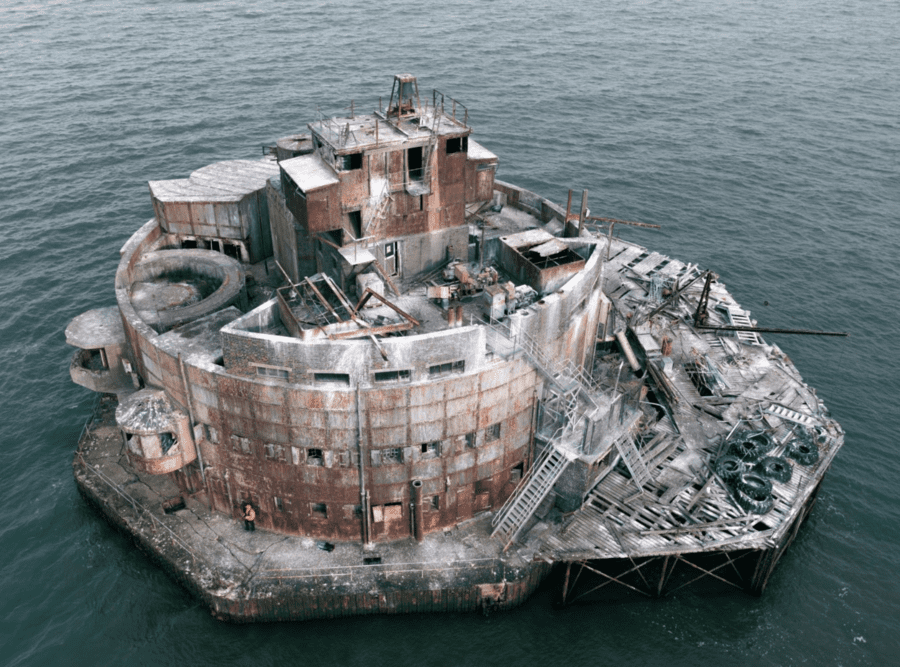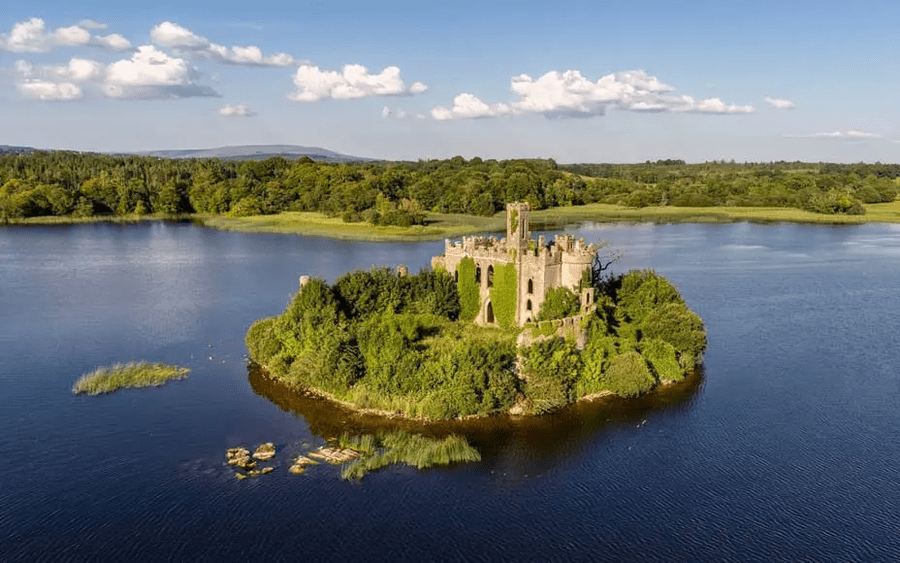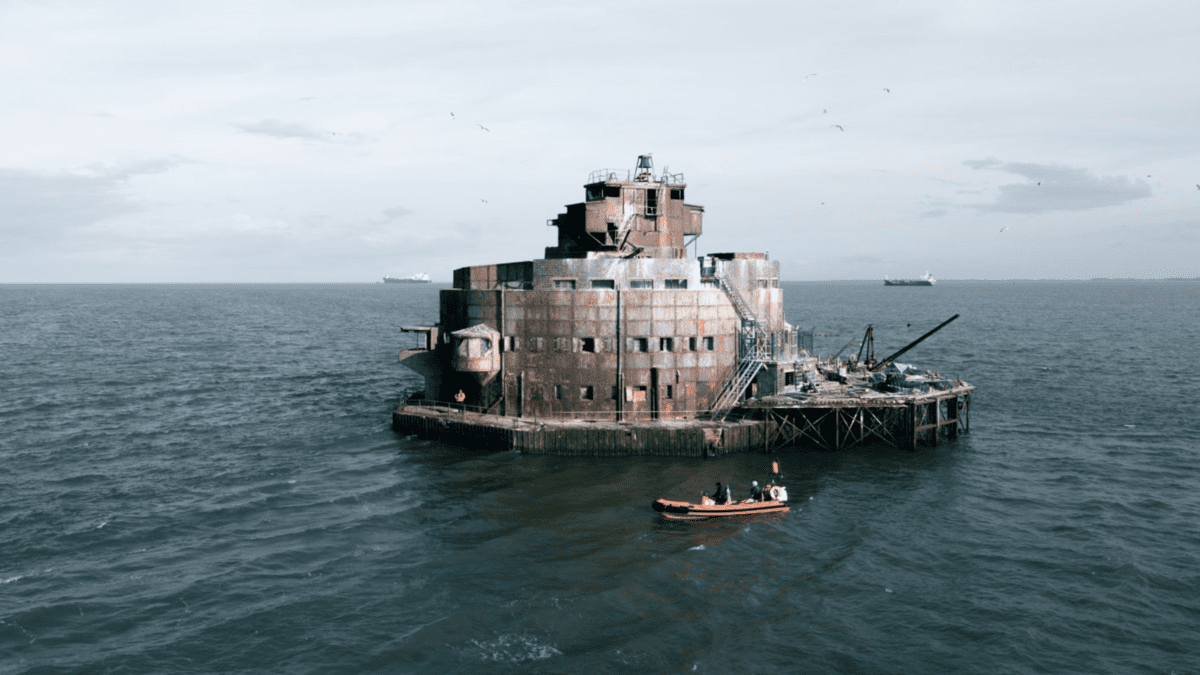Once planned as an ‘Island of Hope’ for detoxing drug addicts, derelict Bull Sand Fort in the Humber Estuary sells at auction for 880% above its £50,000 guide price
The British get into a tizzy about islands and castles and when Bull Sand Fort in the Humber Estuary, near Hull was placed on the market recently it was inevitable that its £50,000 ($60,100, €58,700 or درهم220,600) guide price was going to attract the usual dreamers and wannabe Grand Designers.
Just as with the sale of McDermott’s Island – featured in The Steeple Times in November 2018 when offered for sale at £79,000 ($94,900, €92,700 or درهم348,500) and still one of our most repeatedly opened articles to this day – interest in this kind of property clearly ignites the passions of the public.


Built between 1915 and 1919 with the intention of being used in the First World War but not actually put into actual operation until the Second World War, the now Grade II listed sea fort offered for sale was one of two fortifications intended to protect the strategically important ports of Hull and Grimsby from German submarines.
Originally “featuring 12-inches of armour designed to withstand gunfire from naval units,” according to the selling agents Savills, “during World War II, it was armed, besides the usual small and rapid-fire weapons, by two 6-inch guns and two 6-pounder guns. It had sufficient accommodation for a garrison of 200 men… The fort was decommissioned in 1956.”
Going further, they add: “The fort includes 3 floors with basement and magazine below sea level, and central 2-storey observation tower. Fresh water supply is available at the fort via an artesian well. Externally there is a balcony and jetty.”
Sold in 1997 to the since defunct Streetwise Charitable Trust – who intended to turn it into an ‘Island of Hope’ for detoxing drug addicts – Bull Sand Fort is of 4-storeys and the larger of the two structures. It is said to have been constructed with “great difficulty as its sandbank is 11-feet below water.”
In spite of being a rotting hunk of concrete that is 1.5 miles from dry land and only accessible by boat, Bull Sand Fort knocked down at auction yesterday for £490,000 ($588,500, €575,000 or درهم2.2 million) or 880% above the guide price by Savills.
The smaller of the two forts, Haile Sand Fort – also known as Sand Haile Fort – sold for £117,000 ($140,500, €137,300 or درهم516,000) at auction in October 2018 to a “mysterious buyer” on a guide price of £90,000 ($108,100, €105,600 or درهم397,000). It appeared in an article in GrimsbyLive this year and photographs indicated that though it appears in a better condition than Bull Sand Fort, it is still to be redeveloped.
